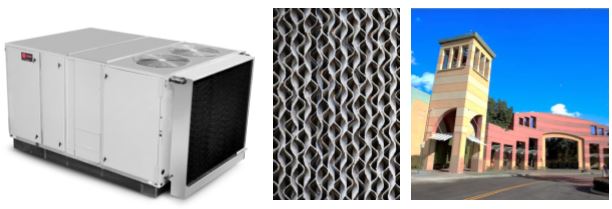Project Info
COMPLETE
 Project Title
Project Title
 Project Title
Project Title
Western Cooling Challenge Field Test - Restaurant Application (Evaporative pre cooling of supply and condenser air)
Project Number ET13SCE7120 Organization SCE End-use HVAC Sector Commercial Project Year(s) 2013 - 2016Description
Technology Evaporatively pre-cools condenser air, coupled with outside air pre-cooling. Field Test to determine electrical energy savings, water usage, construct ability, and maintenance issues associated with technology.
Project Report Document
Loading PDF Preview...
